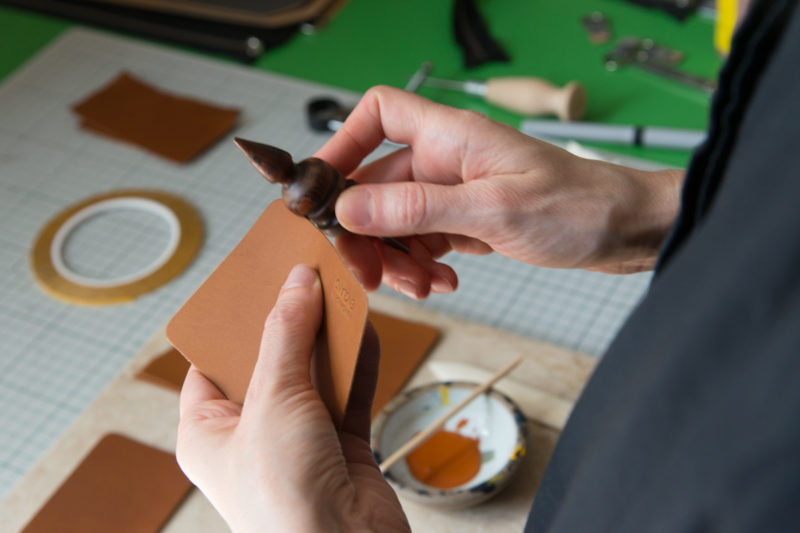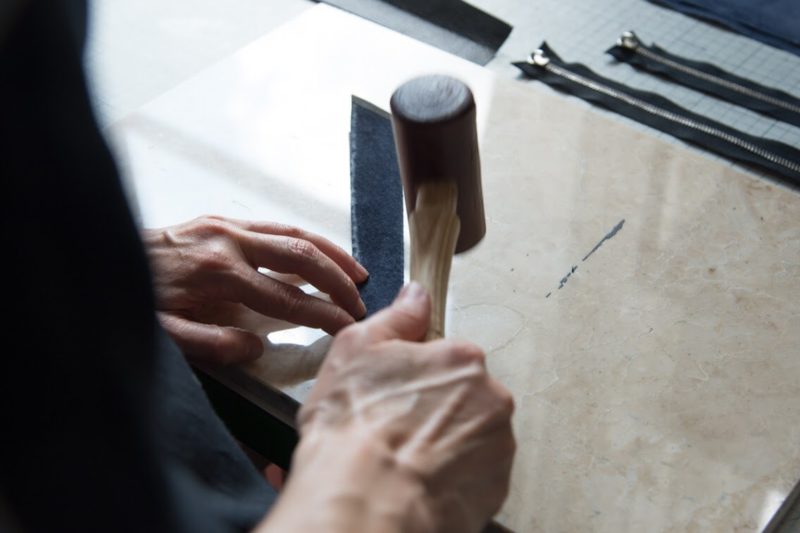COVID-19 – What Happened to The Leather Businesses?
Covid 19 disrupted the world, as we know it. The leather industry even more. Regardless of the vaccine rollout, businesses still suffer lack of customers due to the lockout, which results in loose of revenue and the shutdown of plenty of businesses. The UK is no different, and it too has suffered uncountable loses due to the Coronavirus. Among the greatly influenced is the leather industry, leather businesses 2020 will tell a tale of woes as economists predict a blank future for the industry.
The IMF predicts an economic contraction of almost 5 per cent in 2020, 2021 will still count losses in trillions of dollars. The devastating impact of Covid-19 on the leather industry is crystal clear, but while it touched on all businesses, small businesses suffer the most.
As many top players agree that the supplies are down tremendously, the craft market is hardest hit during the pandemic. Small leather businesses 2020 might not recover after the winds blow over.
The reasons are not farfetched as many relied on one or two manufacturers and suppliers to keep the business operational.
What happened to the leather business in 2020?
Well, the obvious answer is pandemic. Some countries were hit hard; others tried to slide through but couldn’t get by. The leather business came to its knees in 2020, but how did COVID interfere with the global leather industry.
Impact of COVID to the leather business 2020
From Bangladesh to Africa, the Americans and Europe, COVID ravaged millions of lives and destroyed hundreds of more businesses. The global leather industry saw a 5 per cent growth in 2014 – 2019 with enticing projection into 2020. Well, that was until the outbreak in China which changed the world. COVID impacted the industry in three ways: production and demand, supply chain disruption dealt a huge financial blow on businesses.
Leather goods come from a barrage of processes including curing animal hides and skin. These are from animals like cattle, buffaloes, sheep, goats, hogs and more. COVID halted flights preventing the movement of hides and skins to countries that need them. It also reduced the demand as customers were saving to weather the pandemic.
Secondly, the supply chain disruption meant tanneries or craftsmen and women and other leather businesses 2020 couldn’t afford to get the material to them at the right time. Furthermore, chemicals such as dyes, salts and oil used in tanneries to cure and enhance the durability and flexibility of leather.
Lastly, are financial shortage and no money flowing into the economy? As the pandemic rages on, companies and local businesses would rather save than spend. Even those that were bold to order for supplies struggled with delivery without an effective supply chain. The impact of COVID in the leather industry saw large, and small businesses suffer because of these three factors.
Impact on the UK
The global leather industry and the UK are still affected by the pandemic since it burst into the scene in 2019/2020. The rest of the world struggled to curb it, but its impact on leather businesses in 2020 UK was enormous. There was a reduction in demand for leather materials, which transcended from the top to the local craftsmen and women. The impact of COVID on the leather UK was deeply devastating, and overnight the customers were cut-off the supply chain.
Production halted as tanneries no longer received skin and leather users stopped buying leather. Many locally owned businesses shut down to curtail the spread as they were unessential by the government. Furthermore, the UK exports massive hides, skins, and other raw materials for leather production and the pandemic disrupted this circle.
The export value dropped by 39.5 per cent in 2019 and the demand for finished leather fell by 50 per cent. COVID affects all sectors of the UK leather industry from sourcing, tanning, supply and end-users. The impact of COVID on the leather UK also affected the import and export of leather which saw the first and second quarter reduce drastically.
Overall, the leather business 2020 supply chain was the largest sector destroyed by the pandemic. Its impact was felt throughout the chain from raw materials to finished goods. The UK leather industry is a resilient one and will weather the storm and is gradually finding its footing today.
Hopefully, the recovery steps are in the right direction that will sustain the industry for ages to come.
The Look Into the Future
Leather is a durable and sustainable material loved by many people. The world is gradually awakening from its COVID slumber, even with the UK struggling with the pandemic, there is hope.
During the fashion week in Milan and Paris, leather was everywhere. Even more, there will be delays and disruptions, especially with the quarantine. If the pandemic has taught us anything, it is to use what you have to the best of your ability. It is relatable in the leather industry.
The UK has a healthy leather industry with over 23 active companies and tanneries everywhere. It also has one of the most sustainable local leather crafts in the region. While we wait for the supply chain to pick up, locally sourced leather is the way forward. It will boost the players’ morale about the market but keep the leather business 2020 active and viable.
Furthermore, the government should understand the impact of local craft on the economy and offer avenues to help grassroots craftsmen and women to boost their business. It can be either by subsidizing the price of leather or reducing importation cost into the country.
Despite the ups and downs, the following statistics are soothing to know about the leather industry. According to Global News Wire, synthetic leather will reach 47.7 billion USD by 2027, with a growth percentage of 6%. Business Wire has a revenue prediction of 306.1 billion USD for leather goods by 2027, with a cumulative growth rate of 3.5% during this period.
Conclusion
The pandemic is a disadvantage that every business and industry must accept. It’s brought unthinkable challenges but also triggered our mode of survival. Today, the leather business 2020 is surviving in the UK. It is because of the many artisan men and women delicately producing intricate handmade leather product in the UK. One of such is CreateLab, sustaining British leather and helping local businesses remain active despite the COVID.
Do you want to know more about leather business 2020? Contact CreateLab today. It is your key to sustainability.





